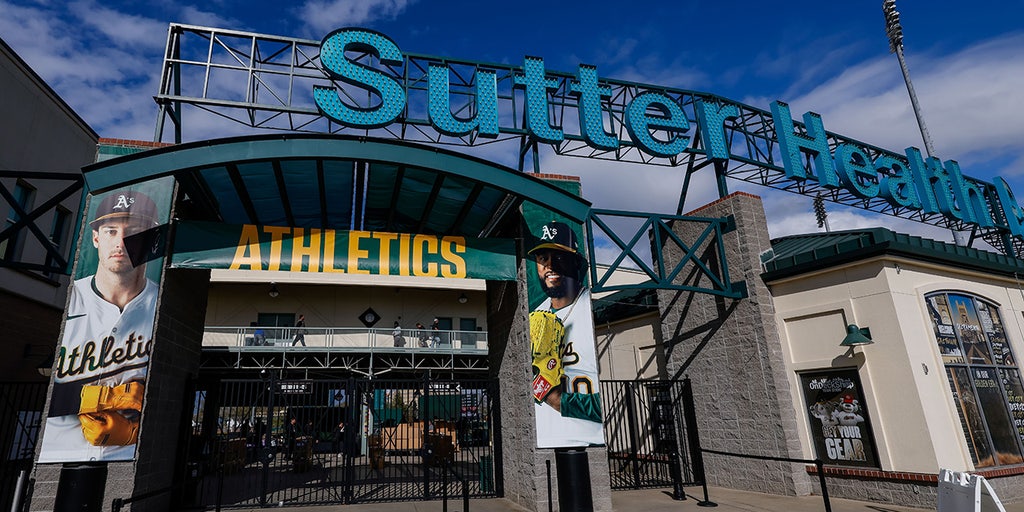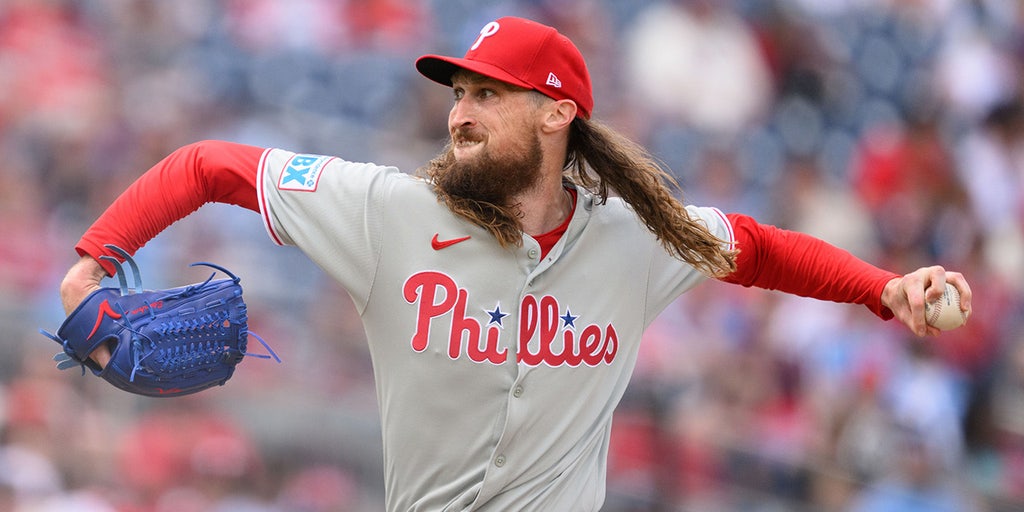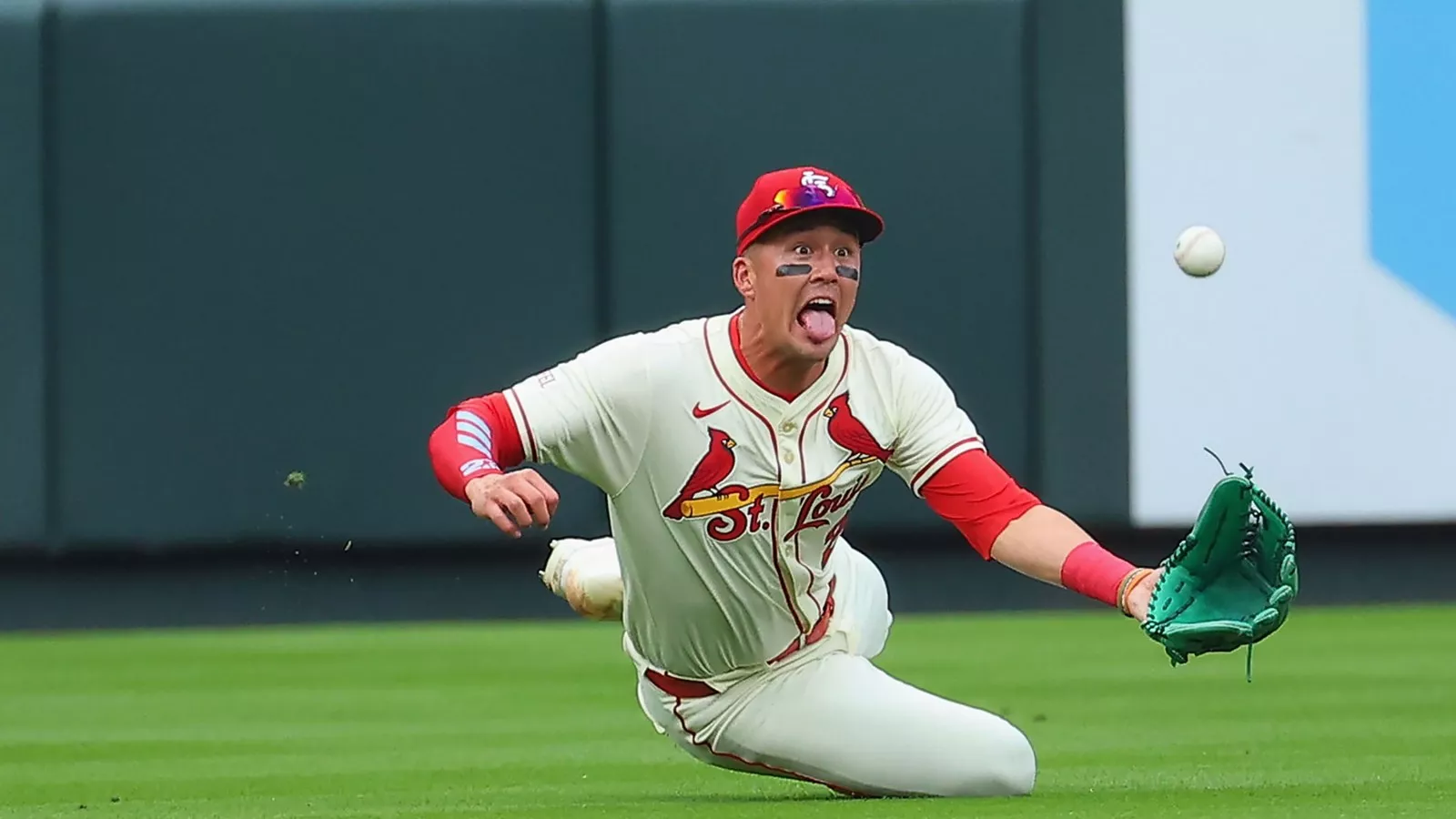
Minor League Baseball returns in whole Friday, with the opening of the Low-, High-, and Double-A seasons. Triple-A affiliates already began play last Friday, meaning that only the complex leagues will remain inactive. (They’ll get going in about a month’s time.) In other words, this is the perfect opportunity to bring back Prospect Watch, our recap of the happenings in every team’s farm system.
This year, Prospect Watch will run every other Friday. Half the time the focus will be on the 15 American League squads, and half the time the focus will be on the 15 National League teams — so as to not overwhelm anyone (including … well, me). As is tradition, the first two editions of Prospect Watch will focus on the youngster for each club that I’m most excited to follow this year.
With all that throat clearing out of the way, let’s get to business.
Athletics: SS/RHP Shotaro Morii
Morii skipped the NPB draft to sign with the Athletics for more than $1.5 million. Because he’s a two-way player from Japan, it’s only a matter of time before he receives the most obvious comparisons in the world. Please, my friends, resist the urge. There’s no reason to burden an 18-year-old with that particular juxtaposition. Besides, Morii is plenty interesting without the unnecessary hyperbole: he’s already touched into the mid-90s on the bump, and he possesses the physical tools to develop into a well-rounded infielder and hitter. Expect his development to be low and slow as he acclimates to a new environment.
Honeycutt entered last spring with the opportunity to cement himself as a top-10 pick if he displayed bat-to-ball skill gains. He didn’t. Instead, his 27.5% strikeout rate served as an anchor that plummeted him to No. 22. In time, he might recognize that as a blessing. The Orioles have excelled at hitter development in recent times, so I’m interested in seeing what, exactly, Honeycutt’s game looks like now that he’s had a full offseason and spring to implement Baltimore’s instruction. Stop me if this sounds like an echo, but if he can make more regular contact he has a chance to develop into another draft steal for the O’s.
The Red Sox already employ some of the game’s best hitting prospects, including top-10 prospects Roman Anthony, Kristian Campbell, and Marcelo Mayer. Bleis has a chance to slot in near the top of the system, too, provided he converts his well-above-average power and speed combination into tangible results. Alas, his ascent has been slowed the past two years by both injury (he missed most of the 2023 campaign because of a shoulder problem) and ineffectiveness (following a promotion to High-A last season). Bleis only just turned 21 in March, but this feels like an important year for him all the same.
Whereas the aforementioned Orioles have enjoyed plenty of scouting and development wins, these White Sox could use a few of their own. Taylor has the potential to become one. He made his professional debut last year, having slipped to the White Sox in the second round of the 2023 draft after undergoing Tommy John surgery. He subsequently made five regular-season appearances, running a stellar 16 strikeout-to-walk ratio in the process. Taylor has big-time arm strength (he averaged 99.2 mph on his fastball during the spring) and his ability to get down the mound (more than 7.3 feet of extension) makes his pitches play even faster than they clock in. He could move quickly if he stays healthy.
Ingle, a fourth-round pick back in 2023, had a phenomenal first full pro season. He hit .305/.419/.478 with more walks than strikeouts in 93 games split across High- and Double-A. Despite his demonstrated offensive competency, there is reason for skepticism about his long-term chances for success. Ingle is listed at just 5-foot-8, making him one of the shortest backstops in the game. The recent history of smaller catchers isn’t great; to wit, Iván Rodríguez is the only backstop listed at 5-foot-9 or smaller who has notched 10 or more WAR since the wild card was established 30 years ago. (OK, Daulton Varsho technically did it, too, but he’s mostly played the outfield.) If there is a silver lining here, it’s that there are contemporary examples suggesting Ingle may make this work: namely, Alejandro Kirk and Gabriel Moreno. Stay tuned to see if Ingle can join them over the coming months.
Who doesn’t love a switch-hitting catcher with power? Liranzo’s ultimate defensive home is still up in the air (the Dodgers had crosstrained him at first base for a few reasons, including their impressive depth at backstop), but his bat makes him an intriguing prospect all the same. In 26 games after coming over in the Jack Flaherty trade, he hit .315/.470/.562 with more walks than strikeouts and five home runs. That’ll play. Liranzo figures to spend most of the year in Double-A, where further sustained offensive excellence could push him closer to his big-league debut.
Matthews is a former first-round pick who ought to make his big-league debut at some point this season. He has power and speed, and he boasts enough defensive versatility to slot in around the infield. The question is if he will make enough contact against MLB pitching for any of that to matter. Matthews punched out in more than 31% of his plate appearances across three levels last season, and he even struck out 30 times in 20 winter league games. I’m not sure that Matthews will be able to answer the aforementioned query until he actually arrives in The Show.
Caglianone was the most famous player in last year’s draft class thanks to his two-way ability and his penchant for homering (he clobbered 75 of those bad boys in college). He nevertheless slipped to the Royals at No. 6 because of the concerns teams had about his approach at the plate and his viability as a starting pitcher. Some scouting departments I spoke with last summer even had Caglianone outside of the top 10. Caglianone’s immediate returns at the pro level weren’t exactly awe-inspiring, but he fared better this spring. At absolute minimum, his upside makes him worth tracking.
Ryan Johnson, one of the Angels’ second-round picks last summer, was to be featured in this slot before he made the big-league roster out of camp. (And, mind you, without having delivered a single regular season pitch as a professional.) It felt like cheating to include a big-league player in here, so I switched to L.A.’s other second-round pick: the hard-throwing sinkerballer Cortez. The Angels will attempt to transition him to starting (something he rarely did in college). Should that fail, they could place him back in the bullpen — where, I suppose, his sinker-slider combo would have him on the fast track to join Johnson in the majors.
Prielipp has endured a drumbeat of injuries over the last five years, limiting him to no more than 23 innings in a single campaign. There’s still a lot of talent on display here, including a nasty slider that once positioned him as a candidate to go No. 1 overall in his draft. Obviously it’s tough to feel confident about Prielipp’s body holding up. If he can remain hearty and hale, however, he has a chance to make good on some of that old promise.
This feels like a make-or-break season for Jones, who has been subjected to unreasonable comparisons to Aaron Judge since being drafted in the first round in 2022. I get it. He’s a large outfielder in the Yankees organization with immense raw power and surprising speed. Unfortunately, he’s seldom put it all together in-game. Jones spent last season in Double-A, striking out nearly 37% of the time. That is, to quote former Yankees skipper Joe Girardi, not what you want. Jones will turn 24 in May, meaning the clock is ticking.
You read that correctly: Cijntje is a switch-pitcher, and not in a gimmicky way. Rather, he can clock into the 90s with either hand, an ability that distinguishes him from Pat Venditte and other recent switch-pitching types. The Mariners have said they’ll empower Cijntje to continue to switch-pitch as a professional. Even if they give up on that ghost at some point, he was one of my favorite prospects in last year’s class because of his athleticism and sneaky good fastball from the right side. I think Cijntje has mid-rotation upside.
Simpson is a min-max experiment come to life. He’s one of the fastest players in the sport, but he offers almost zero power at the plate — in part because he hits a lot of opposite-field ground balls. He’s done well to keep his strikeout and walk rates about even throughout his career, and he has the physical tools to become an asset out in center field. It’s fair to have reservations about any player with bottom-of-the-barrel slugging capability, but Simpson has already succeeded in Double-A and it’s worth keeping an open mind as he nears his big-league debut. If nothing else, it’ll be interesting.
Obviously, right? Walcott is one of the best prospects in the sport — a potential offensive force who remains on the left side of the infield — and it seems likely that he’ll get a prolonged look against Double-A competition. If he aces that test, he could position himself to debut before season’s end. That’s notable given that he won’t celebrate his 20th birthday until next March.
Nimmala, who’ll play the entire season as a 19-year-old, has been a personal favorite dating back to the 2023 draft. His first full professional season saw him require time on the development list — a procedural way for teams to work with a youngster on their game — but he finished the year strong after returning from that sabbatical by hitting .265/.331/.564 across 53 games in the Florida State League. There are some interesting potential outcomes ahead for Nimmala. I’m looking forward to seeing if he can realize them.



